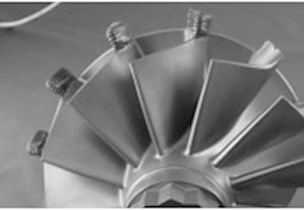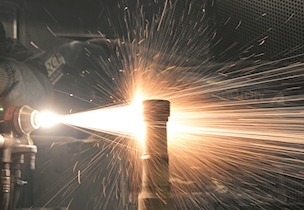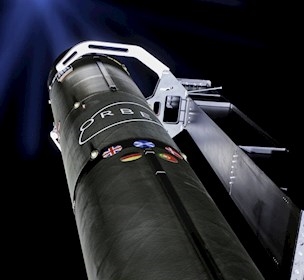Large-scale 3D printing facility for metal parts available to the Danish industry
Take advantage of Scandinavia's largest large-scale metal 3D printing facility for printing industrial components, parts and structures.
Industry access to unique, large-scale metal 3D printing facilities
Danish industrial companies can access large-scale 3D printing for metal components, parts and structures in a variety of applications:
- Offshore sector
- Utility industry
- Transport industry
- Manufacturing industry and more.
The large-scale 3D printing facility is the largest metal 3D printer of its kind in Scandinavia. It is unique in several regards, as it can:
- handle precision printing of large items using directed energy deposition (DED)
- adapt equipment and fixtures to suit the size, length and shape of each component
- print with powder or wire
- perform laser welding and hybrid laser welding
- be used during:
- the development phase
- production
- remanufacturing.
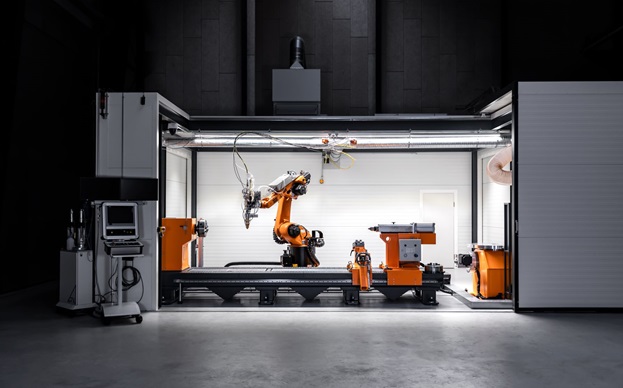
Frequently asked questions about large-scale 3D printing
3D-printed parts in almost any size
You can 3D-print everything from small vanes (wings) on a turbocharger to urban models, which are significantly larger.
However, smaller 3D-printed parts are usually better suited to powder bed machines. Meanwhile, anything exceeding the size of a coffee cup will be realistic to 3D print with DED.
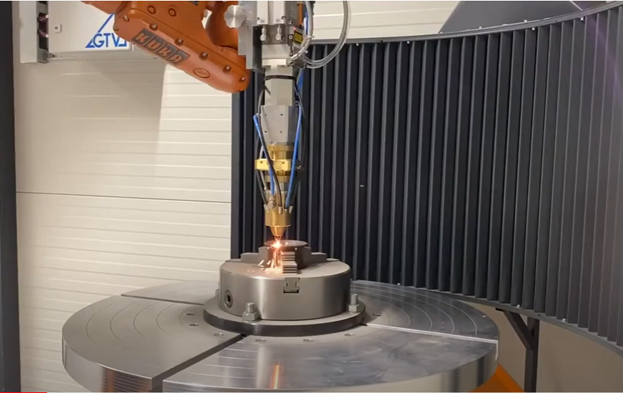
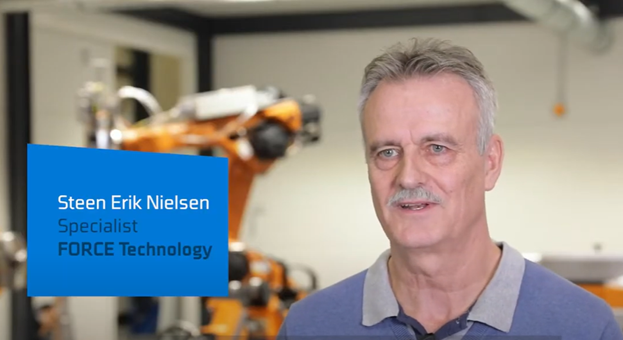
Contact us if you want to 3D-print parts or learn how to manufacture a component. You can also read more about 3D printing and additive manufacturing.


